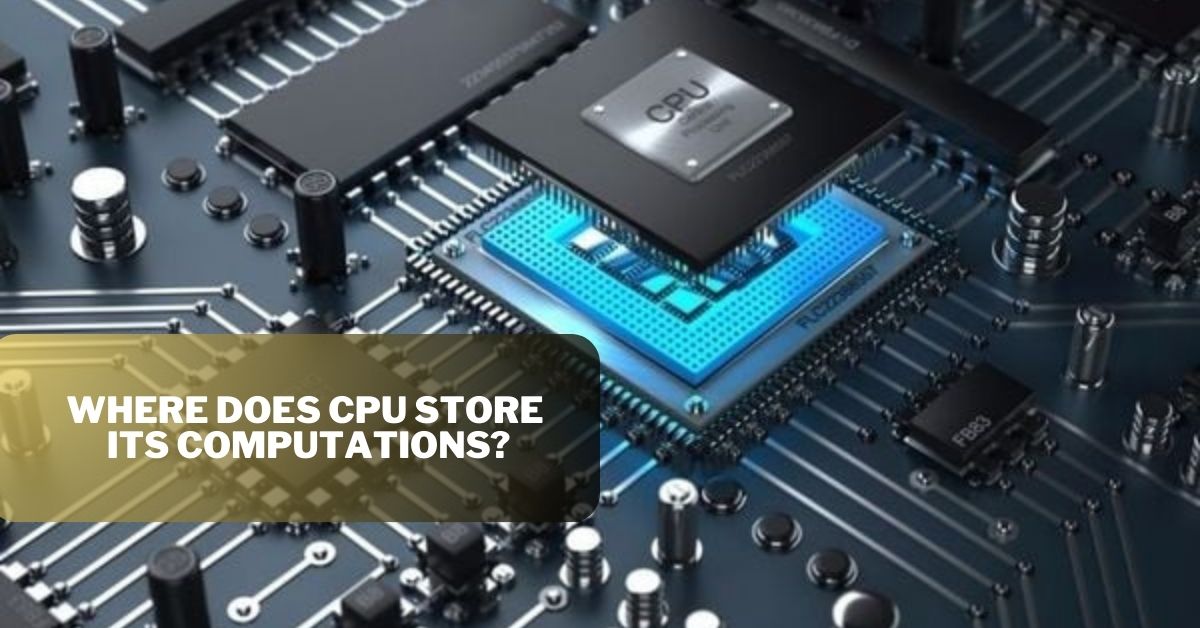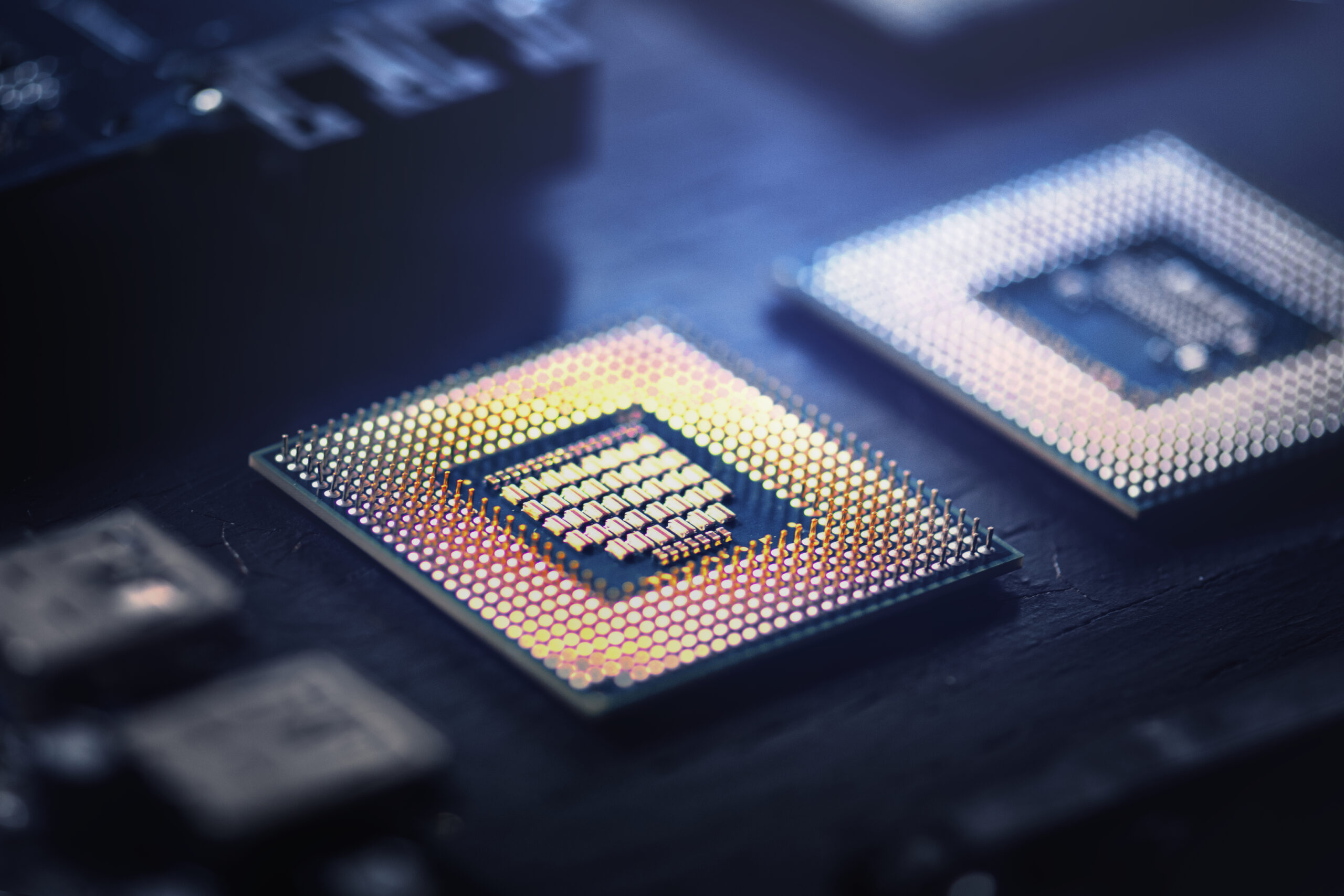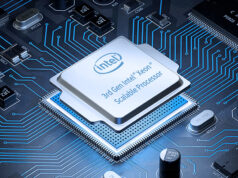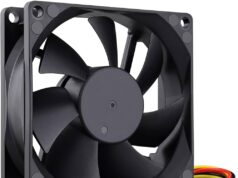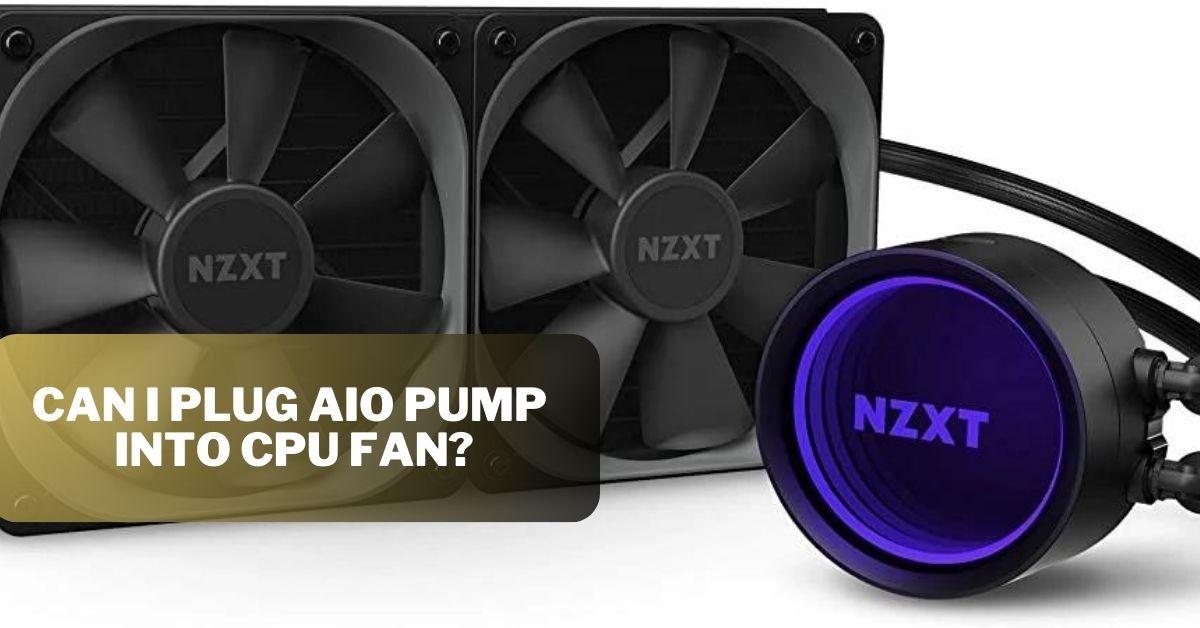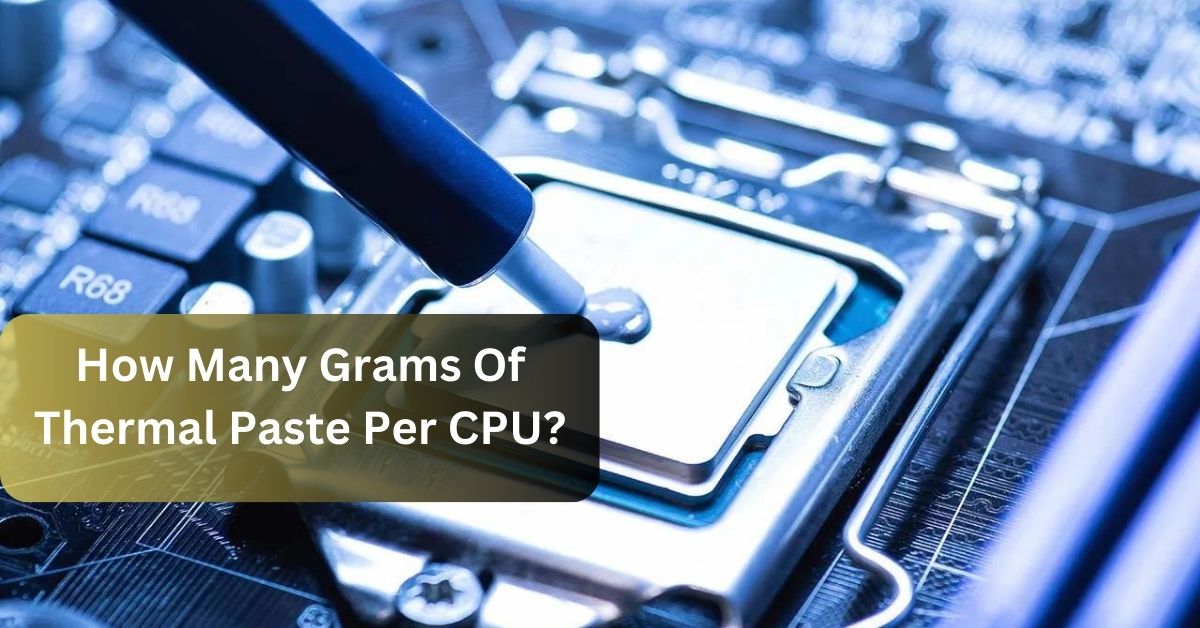The CPU (Central Processing Unit) is not able to store data permanently. CPU is used to perform several arithmetic problems and several other tasks.
Instead, the CPU uses its registers and caches. These are small, incredibly quick memory regions built right into the CPU—to do calculations and data manipulations on the data.
CPU stores temporary data in the form of registers and cache. And helps to perform the function more accurately and rapidly.
The quickest memory components of a CPU are called registers, and they store the data that is presently being processed or changed.
Registers have limited storage capacity and are used to keep the results, variables, and addresses of memory during the computation.
On the other hand, caches are a little bit quicker than registers but slower than main memory (RAM). In between the CPU and the main memory, they serve as a buffer.
Caches are used to store frequently used data for a short period. Caches can store data and make it’s level like L1, L2, L3, etc caches.
It is necessary to remember that these registers and caches are volatile memory, which means that when the power is switched off or the system is reset, their contents are lost.
Data in the computer can be stored in the RAM or SSD cards for a long period.
What are registers in computer architecture?
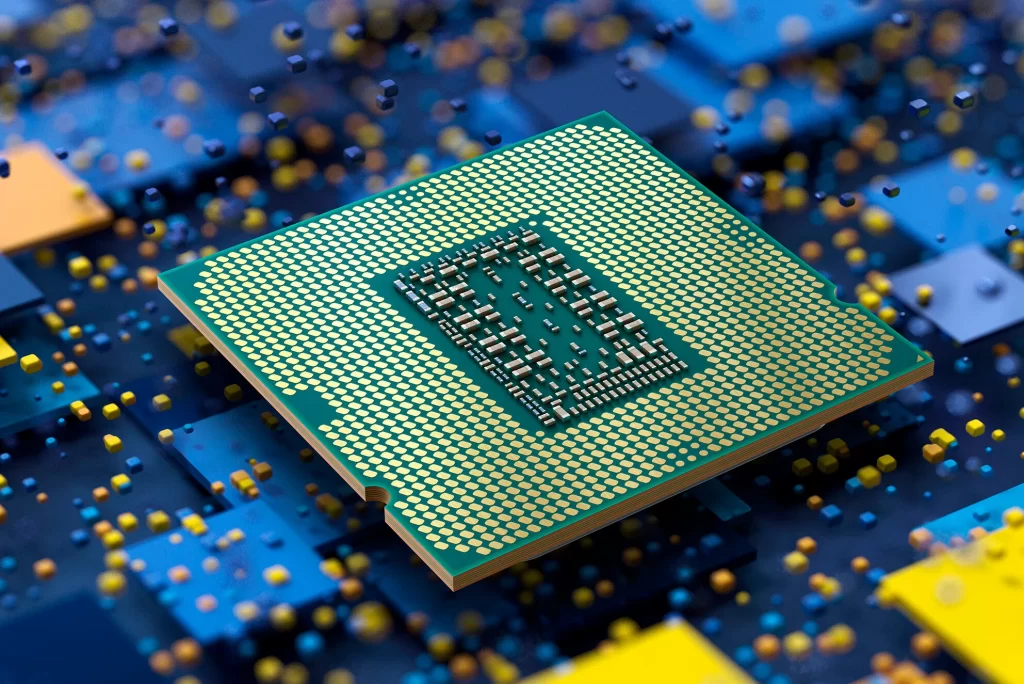
Inside the processor, caches are the small and quick storage areas in the computer architecture. They are placed to store the data that the CPU requires to carry out its functions.
You can access the registers more quickly than other memories because it is directly attached to the CPU (Central Processing Unit).
In a computer system, registers are used for many different things. Based on the purpose they can be categorized according to the function they perform.
They are generally used to perform logical and arithmetic operations. And registers are also used for the calculations, store data, and interim results.
It helps to maintain a record of the program’s current location, enabling the CPU to retrieve the following instruction from memory.
These registers keep track of data that is being read from or written to the main memory and their associated memory addresses. They make the easy way to reach the data stored in the memory or the system.
Commonly, these registers are termed data registers, because it stores data and makes the data readable which is stored in the memory.
They can manage functions like memory management, input/output activities, and interrupt handling.
In every computer system, registers are very helpful for managing and quick storage of all computer activities.
Finally, it helps in storing frequently accessed data and controls information directly within the CPU and enhances overall performance.
Read: What Does Unparking Cores Do? – Complete Guidances In 2023!
What’s the difference between registers and cache?
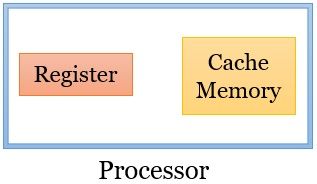
Registers and caches both are storage devices that are used in the computer system to store and access quick data. Both are directly attached to the CPU.
The main key difference between the registers and cache are mentioned below:
Registers:
- Registers are the smallest and quickest way to store data that is directly attached to the CPU.
- They provide the data storage facility for the CPU and it is placed at the right inside the processor.
- They frequently keep data throughout arithmetic and logical processes, store interim results, and regulate the order in which instructions are executed.
- Registers provide the quickest time access, expressed in the clock cycle because these are directly attached to the CPU.
Cache:
- A cache is slower and larger than the registers but faster and more efficient than the RAM (random access memory) main memory.
- It plays the role of buffer between the CPU and the main memory. It manages data between CPU and memory automatically
- Cache operates on the principle of locality, exploiting the fact that recently accessed data is likely to be accessed again soon.
- The cache consists of various levels like L1, L2, and L3. It performs all its tasks based on these levels.
In summary, registers are the fastest but limited in capacity and primarily used within the CPU itself for temporary storage and control purposes.
On the other hand, a cache is larger than registers, acts as a buffer between the CPU and main memory, and stores frequently accessed data to reduce memory access time.
Both registers and cache contribute to improving the overall performance of a computer system.
Where are instruction set stored in computer?
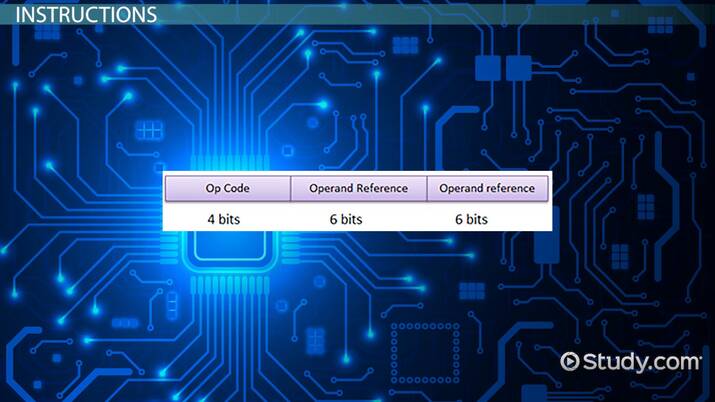
The set of actions that a computer’s processor is capable of doing is known as its instruction set, and it is often stored in non-volatile memory such as read-only memory (ROM) or flash memory. The exact location is determined by the design of the computer.
The CPU drives instructions from memory to execute when a computer system is turned on. The reset vector is the name given to the initial instruction that the processor retrieves, which is normally placed at a preset memory address.
The beginning of the instruction set is indicated by this address, which is hardcoded into the hardware architecture.
While the instruction set itself is kept in non-volatile memory, it’s vital to keep in mind that after the instructions are retrieved and put to use by the processor. They are placed in the registers that why used in quick calculations easily.
Read: Does SSD Affect Motherboard? – Know
Final Analysis: Where does CPU store its computations?
Generally, the computer stores its data in the form of a register. As we discussed above registers are the smallest and quickest way to store data and to perform various functions in the computer system accurately.
If the capacity of registers exceeded computer uses other devices like cache or RAM. Above all, registers are an important part of the computer system which holds the overall performance of the processor.


